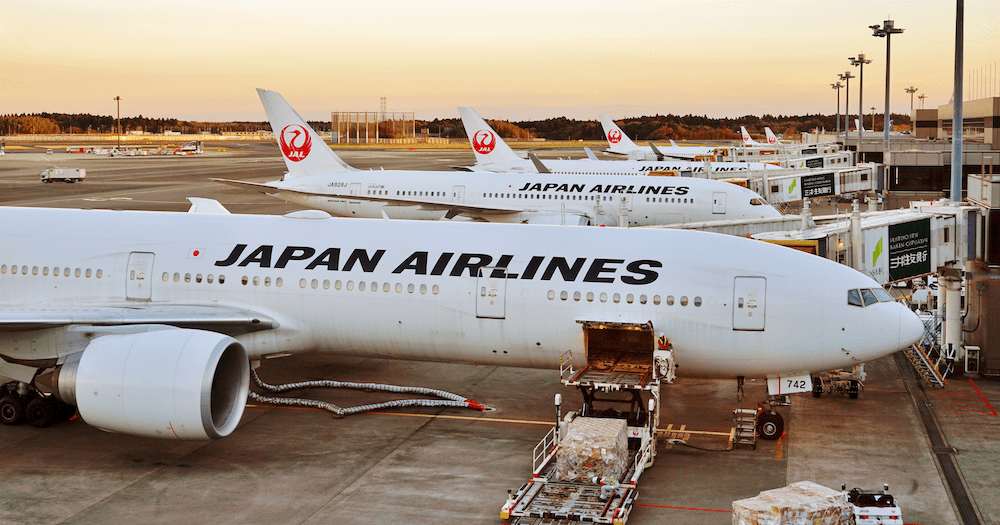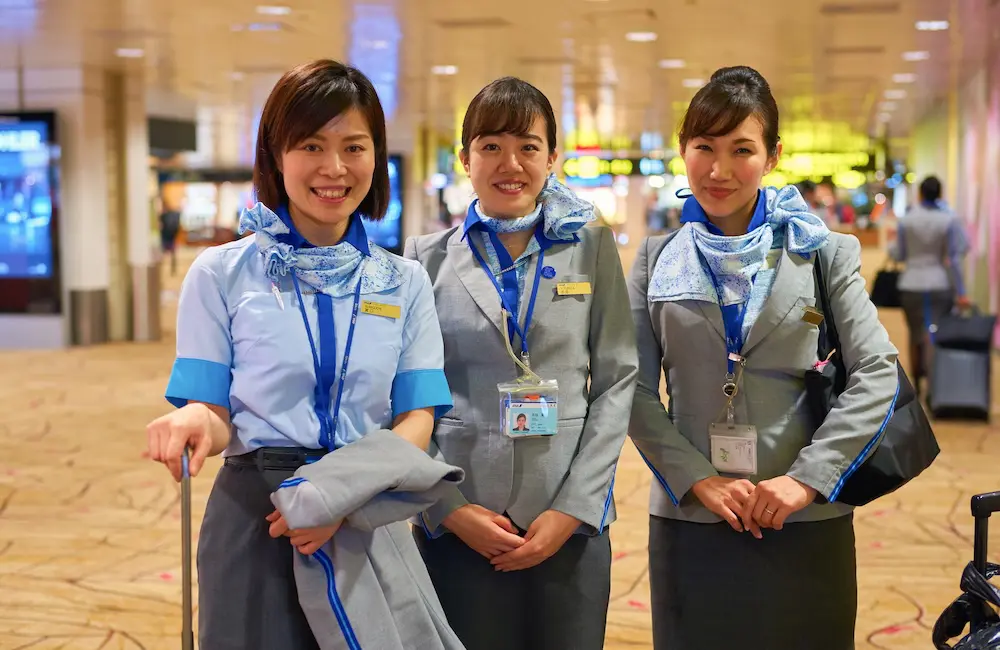Japan’s largest airlines will more than double their capacity on two Aussie routes as travel to Japan from Australia continues to skyrocket.
In an update to its 2025-26 northern winter schedule, Japan Airlines (JAL) announced it will increase the frequency of its Melbourne-Tokyo Narita services from three weekly to daily flights (JL773/774).
The increased flights will operate from 26 October 2025 to 28 March 2026 using the carrier’s Boeing B787-8 aircraft.
The country’s flag carrier says the move is spurred by strong inbound demand (to Japan) during the peak winter season.
JAL’s daily Sydney-Tokyo Haneda service is unchanged.

Elsewhere, the country’s largest airline, All Nippon Airways (ANA), will also more than double capacity on its Perth-Tokyo Narita route during the northern winter, as more and more Aussies flock to Japan’s famed ski slopes.
According to the carrier’s recently revised H2 2025 schedule, from 1 December 2025 until 19 April 2026, ANA will grow its current three-times-weekly service (NH881/882) to a daily operation, utilising its Boeing 787-9 Dreamliner.
ANA says the change is based on a “comprehensive assessment of travel demand, competitor activity and other transportation options to improve profitability”.
Overall, the carrier will grow its global network by 106 per cent compared to the same period last year.
ANA’s daily Sydney-Tokyo Haneda service is unchanged.

Beyond snow
But travel to Japan isn’t just skyrocketing during winter. The latest data from the Japan National Tourism Organization (JNTO) reveals more than 50,000 Australians visited the Asian nation during July alone, a 3.3 per cent increase from July 2024.
Australian Bureau of Statistics (ABS) data shows that the number was even higher in June, with 56,530 Aussies heading to the country during the month, making Japan the fourth most-visited overseas destination behind Indonesia, New Zealand and the UK.
So far this year, JNTO says Australian travel to Japan is up more than 20 per cent compared to 2024, with the total number of Aussies reaching 617,400 at the end of July.
“The July figures further underline the exceptional demand for Japan as a destination for a range of travellers, from couples and families, to solo and senior travellers,” JNTO’s Sydney-based Media and Marketing Manager Andrew Coombs says.
“Australians are increasingly visiting new prefectures and into the regions as repeat visitors continue to discover the lesser-known areas of a country that has so much to offer.”
Hidden Japan

Backing this, new numbers from travel booking site Klook show that Aussies are increasingly getting off the beaten path in Japan, with regional cities and nature-based activities seeing big growth.
According to the data, overnight stays in the city of Nagoya have risen by 166 per cent, while searches for the coastal city of Miyazu are up 50-fold.
Elsewhere, interest in outdoor and wellness experiences has risen 41 per cent, including searches for the Kumano Kodo Pilgrimage Route and tours of Japan’s tallest waterfall, Nachi Waterfall (both in the Kii Peninsula), and kayaking tours in Okinawa.
Meanwhile, cultural activities are also rising, with museum and gallery bookings up 72 per cent and cooking class searches jumping 119 per cent nationwide.
“We know that Japan is a favourite for Australian travellers, and what’s exciting is that many are choosing to go beyond the usual tourist routes,” a Klook spokesperson said.
“Our data shows a clear rise in bookings to lesser-known destinations and cultural and nature experiences, being driven by travellers looking for more immersive, authentic experiences and a slower, more meaningful way to explore Japan.”
Klook says more travellers are also considering the threat of overtourism.
“It’s a meaningful shift that not only offers a deeper cultural connection but also helps support tourism in communities across the country.”







